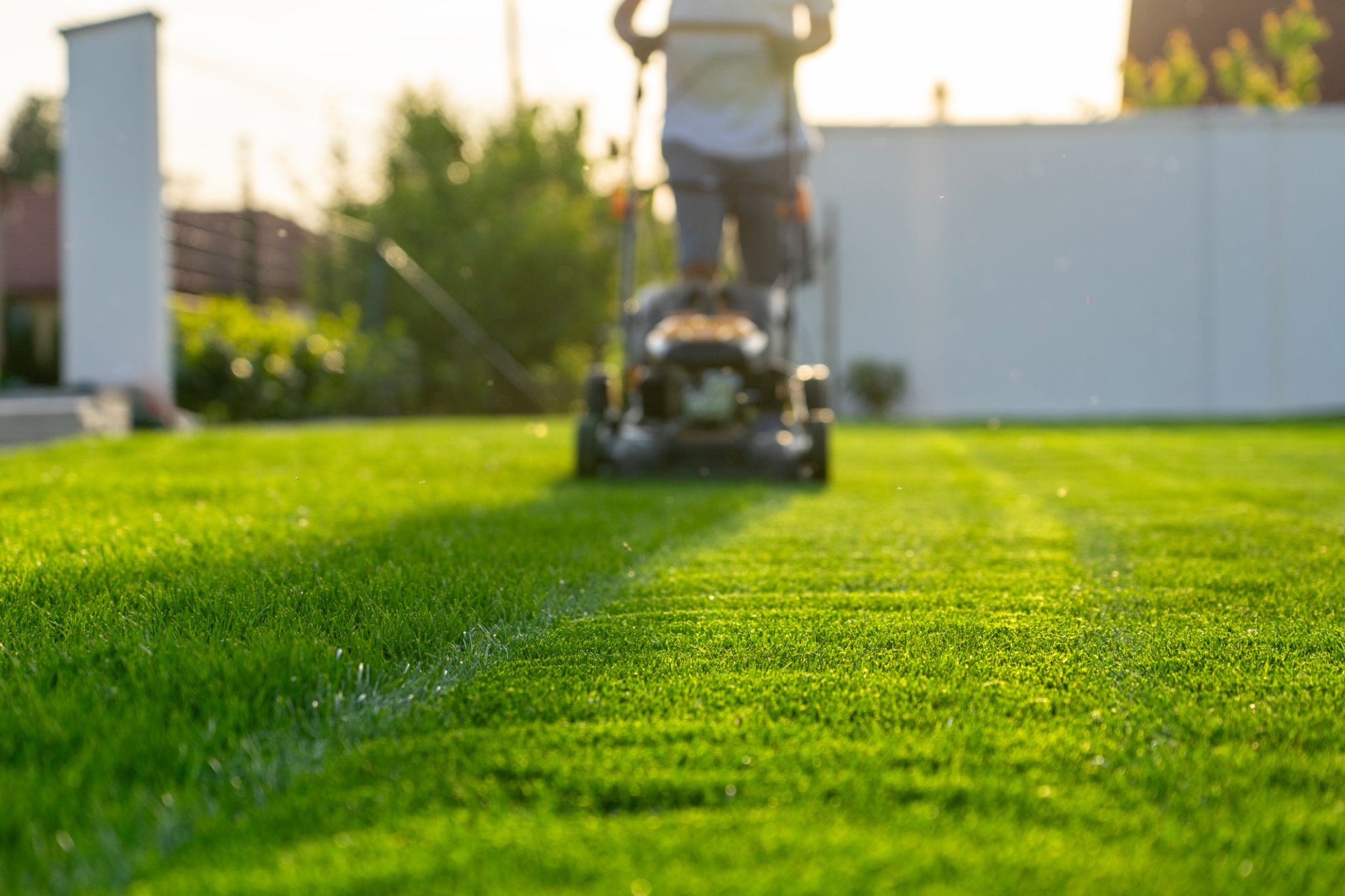Seasonal Landscaping Tips: Preparing Your Yard for Spring
Cleaning Up the Debris
As the snow melts and the days grow longer, it's time to start thinking about spring landscaping. The first step in preparing your yard for the new season is a thorough cleanup. Remove any fallen branches, leaves, and other debris that may have accumulated over the winter months. This will not only make your yard look tidier but also help prevent pests and diseases from taking hold.
Pay special attention to your garden beds. Clear out old mulch and dead plants to make way for new growth. If you have perennials, take care to trim back any dead foliage, allowing sunlight and air to reach the fresh shoots beneath.

Soil Preparation
Once your yard is clean, it's time to focus on the soil. Good soil is the foundation of a thriving garden. Start by testing your soil's pH levels and nutrient content. You can purchase a simple soil test kit from a garden center or online.
Based on the results, you may need to amend your soil with organic matter, such as compost or well-rotted manure, to improve its structure and fertility. Be sure to turn the soil over gently, mixing in any amendments thoroughly. This will ensure that your plants have access to the nutrients they need as they begin to grow.

Pruning and Trimming
Spring is an excellent time to prune trees and shrubs. Pruning helps promote healthy growth and encourages blooming. Focus on removing any dead or damaged branches first. Then, thin out crowded areas to improve air circulation and light penetration.
When trimming hedges or shrubs, aim to maintain their natural shape. Avoid cutting too much at once, as this can stress the plant. Instead, prune gradually over several sessions if necessary.
Planting and Transplanting
With your yard prepped and ready, it's time to think about planting. Early spring is ideal for cool-season vegetables like lettuce, peas, and carrots. These can be sown directly into the ground as soon as the soil is workable.
If you're looking to add some color to your garden, consider planting early-blooming flowers such as pansies, tulips, and daffodils. These hardy plants can withstand cooler temperatures and will brighten up your landscape as spring progresses.

Transplanting Tips
If you have any perennials or shrubs that need relocating, early spring is a good time for transplanting. Be sure to dig up a substantial root ball and replant them quickly to minimize stress. Water thoroughly after transplanting to help the plant settle into its new location.
Lawn Care
A lush green lawn is a hallmark of spring, but it requires some attention after winter's dormancy. Begin by raking the lawn to remove any dead grass and thatch buildup. This will improve air circulation and encourage new growth.
If your lawn has bare patches, consider reseeding or overseeding to promote even growth. Fertilize your lawn with a balanced fertilizer suited for spring application to give it a boost as it comes out of dormancy.

Watering Wisely
As temperatures rise, ensure that your plants receive adequate moisture. Water deeply but infrequently to encourage deep root growth. Early morning is the best time to water, as it reduces evaporation and allows foliage to dry before evening, minimizing the risk of disease.
Consider installing drip irrigation systems or soaker hoses for more efficient watering. These systems deliver water directly to the roots, reducing waste and promoting healthier growth.